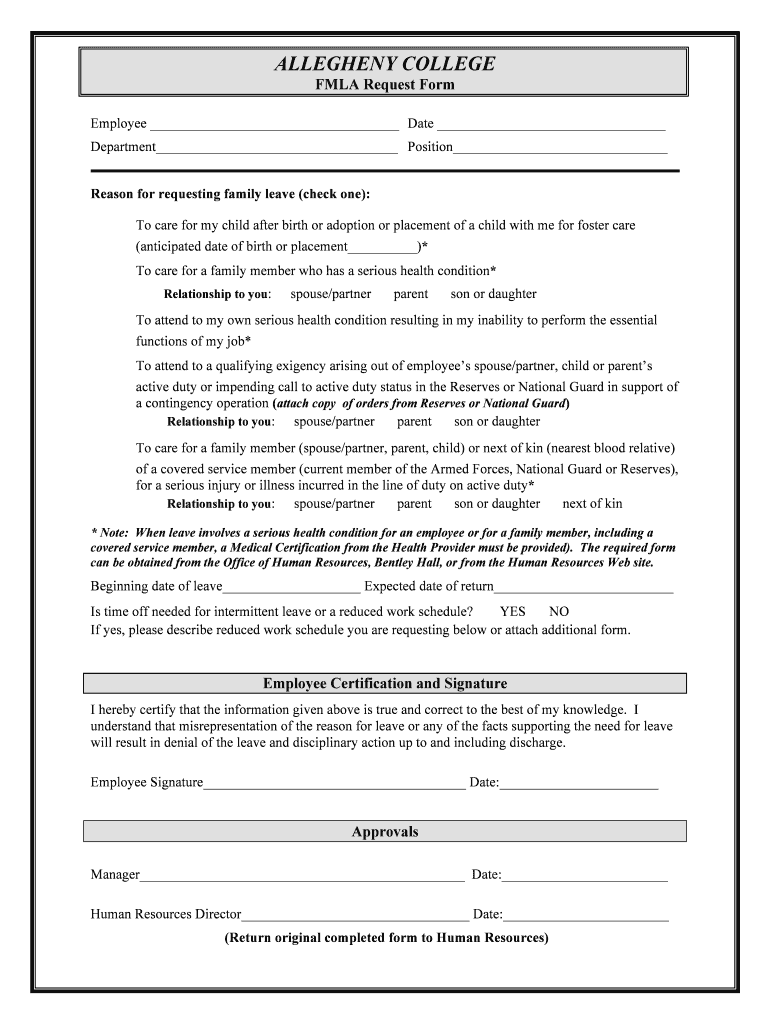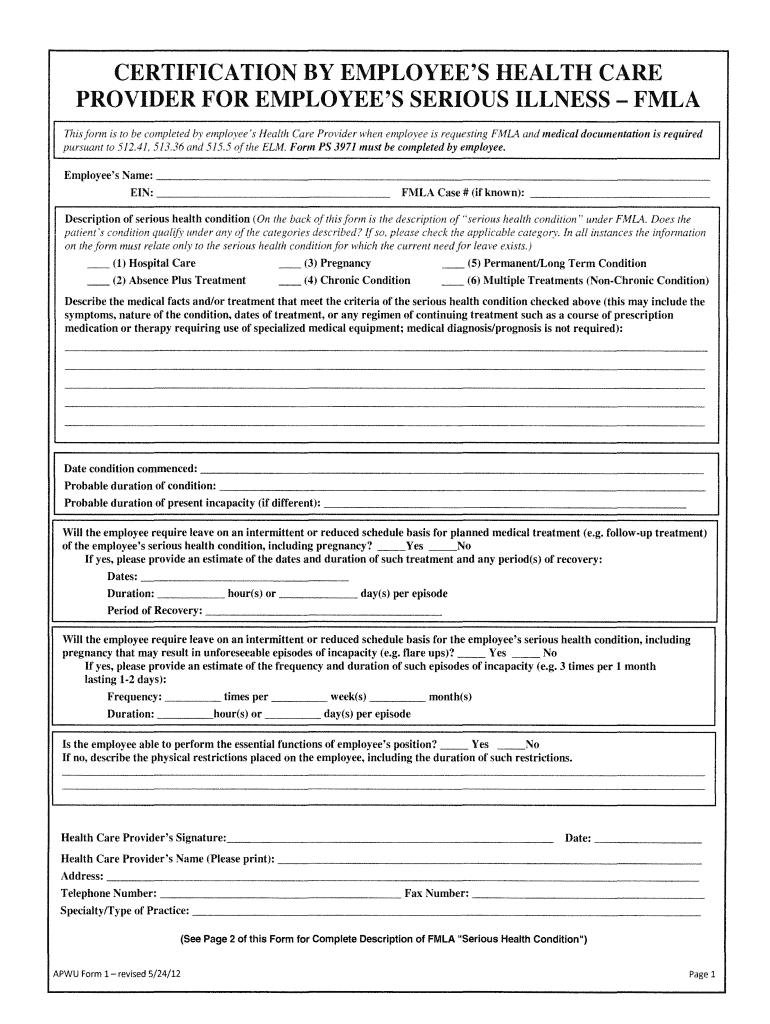5 Essential Items in Your FMLA Paperwork Packet

If you or a loved one needs to take time off work for serious medical conditions or family caregiving, the Family and Medical Leave Act (FMLA) is there to offer a safety net. This federal law allows for unpaid leave while ensuring your job is protected. However, to make the most of FMLA, understanding and correctly preparing your paperwork is crucial. Here are the 5 essential items you must include in your FMLA paperwork packet:
1. FMLA Eligibility Form

First and foremost, you need to confirm your eligibility for FMLA leave. This requires completing a form that asks for basic personal information, employment details, and the reason for the leave request:
- Your name and contact details
- Company name and address
- Start date of employment
- Duration of expected leave
- Reason for leave (birth/adoption, serious health condition, etc.)
⚠️ Note: Make sure the information provided here matches what's in your HR system to avoid processing delays.

2. Medical Certification

Medical certification is critical when your leave is due to a serious health condition—yours or a family member's:
- Employee's Serious Health Condition: A healthcare provider fills out this form detailing the condition, its duration, and the treatment plan.
- Family Member's Serious Health Condition: The certification includes how your family member's condition affects their care needs and your potential caregiving role.
| Form Type | Purpose | Who Completes It |
|---|---|---|
| Employee | Health condition details, treatment plan | Healthcare Provider |
| Family Member | Health condition, care needs | Healthcare Provider & Employee |

📍 Note: Medical information is confidential and should only be disclosed to relevant parties involved in the leave process.

3. Leave Request Form

Submitting a formal leave request can be a straightforward process if you have all your ducks in a row:
- Your name, employee ID
- Type of leave (FMLA, maternity, etc.)
- Requested start and end dates
- Whether you'll use sick leave, vacation time, or take unpaid leave
🛈 Note: Ensure you discuss the coordination of any paid leave with FMLA to maximize your benefits.

4. Designation Notice

Upon reviewing your request, your employer will issue a Designation Notice that:
- Informs you whether the leave is granted
- Details how much leave is available
- Explains the use of paid time off
- Outlines job reinstatement rights and return-to-work procedures
💡 Note: Keep this document safe as it outlines your rights and obligations while on leave.

5. Company-Specific Forms

Some companies have their own forms or additional requirements for FMLA leave:
- Internal leave application forms
- Health insurance coverage confirmation
- Disability benefits application
- Intermittent leave schedule
📌 Note: Review your employee handbook or speak with HR to ensure you meet any company-specific FMLA requirements.

Understanding FMLA and having your paperwork in order can make the process of taking leave less stressful. Proper documentation can mean the difference between a seamless return to work and facing potential job loss or complications. If you're facing the prospect of an FMLA leave, take the time to gather these essential documents and work with your HR department to navigate the process smoothly. Remember, FMLA is your right, but it's also important to ensure compliance and communication with your employer. By keeping these essential items organized and accessible, you pave the way for a supportive and legally compliant leave experience.
How long do I have to submit my FMLA paperwork?

+
The FMLA paperwork should be submitted within 15 calendar days of your request for leave, or as soon as practicable if the need for leave is foreseeable.
What happens if I don’t meet my company’s FMLA paperwork requirements?

+
If you fail to meet your company’s FMLA paperwork requirements, you might risk the delay of your leave start date or the forfeiture of FMLA job protection. However, your company should still attempt to work with you to provide the necessary information.
Can my employer refuse my FMLA request?

+
If you qualify for FMLA, your employer cannot refuse your request. However, they can request documentation or additional information to verify eligibility. Non-compliance or fraud can lead to denial.